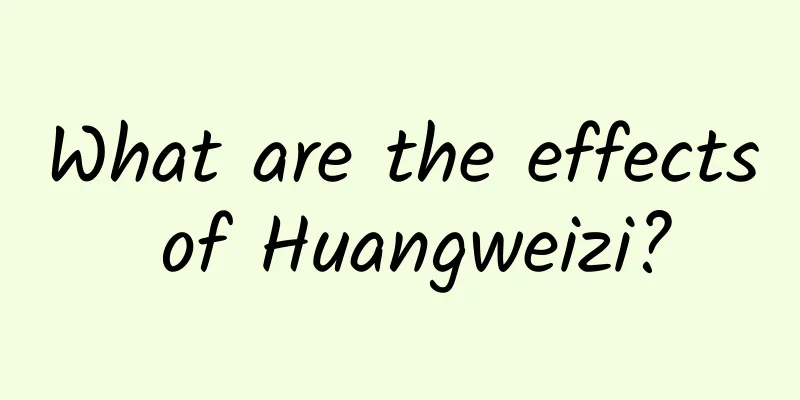After wearing a mask for so long, what role does it play?

|
As the global epidemic remains so severe, there is no need to say much about the important role of masks, because this new coronavirus has a very critical "weapon" - they can be transmitted through droplets (small droplets) . So what is droplet transmission? How do they spread from person to person? As early as 1897, German bacteriologist Carl Flügge discovered that pathogens exist in small droplets splashed from the human mouth. These droplets are sprayed into the air through the shear force generated by coughing or sneezing and achieve "droplet transmission", which is the main transmission route of respiratory infectious diseases. Before 1930, this view was the main basis for judging respiratory infectious diseases until William Wells proposed to divide respiratory droplets into "large droplets" and "small droplets" . At that time, he was working on the transmission of tuberculosis, and he found that simply "droplet contact infection" was not enough to fully explain the transmission route of respiratory infectious diseases. Because the droplets ejected from the mouth are large and small, the larger droplets are usually visible to the human eye, such as saliva in the mouth. The sedimentation rate of such large droplets is generally faster than their evaporation rate, so the area around the infected person is likely to leave pathogens. Smaller droplets originate from the mucous membranes of the lungs or vocal cords, and their settling rate is slower than their evaporation rate. As the droplets transition from the warm, moist respiratory system to the cooler, drier external environment, the water in the droplets evaporates quickly and forms dry residual particles, also known as aerosol particles. Simulating ocean salt particles | svs.gsfc.nasa.gov These particles are usually invisible to the naked eye (about 1 micron in diameter), but are a bit like dust particles suspended in a room under sunlight. Wells's dichotomy between droplets and aerosols has become the core concept of the respiratory disease transmission route classification system used by the World Health Organization and other agencies (such as the Centers for Disease Control and Prevention) to this day. Then, based on whether respiratory infectious diseases are transmitted through large droplets or small droplets, the transmission between hosts is classified as droplet or aerosol routes, and control strategies are further developed. Now that we know the transmission methods, let’s take a closer look at how they spread in the air. Not to mention the new coronavirus, the influenza virus and tuberculosis bacteria that have existed for a long time around the world are also respiratory infectious pathogens, so research on their transmission has been ongoing. In 2014, Lydia Bourouiba, director of the Disease Transmission Dynamics Laboratory at the Massachusetts Institute of Technology, used an optical method combining high-speed photography with backlighting to study the fluid dynamics during coughing or sneezing. The results showed that these ejected mucosal saliva droplets not only follow a short-range semi-ballistic launch trajectory, but more importantly, these droplets are not independent of their own motion trajectory . Most of the droplets will be captured by the "puff cloud" brought out by the sneeze (like the mist cloud sprayed from a spray bottle), forming a multiphase turbulent gas cloud. This cloud is like a "reborn parent" for the small droplets, because after leaving the comfortable environment of the respiratory system, they would have evaporated quickly in the external environment (the previous dichotomy did not consider the possibility of wet gas clouds), but the local humid and warm environment in the turbulent gas cloud greatly slowed down the evaporation rate, causing the life of the droplets to be directly extended from a few tenths of a second to several hours. And because the cloud has greater forward momentum, it can travel a greater distance than droplets carrying pathogens. If the patient's physiology and environment are taken into consideration, the maximum propagation distance can reach 7 to 8 meters when the cloud is in a payload state. In addition, it has now been confirmed that asymptomatic infected people may also spread COVID-19, even if they do not show any clinical symptoms, such as fever, cough, etc. But there is one thing they are all doing, that is talking. Yes, everyday speech also causes droplets to enter the air, and although they are usually ignored because they are too small, it is undeniable that they exist. A research article published in "Scientific Reports" in 2019 conducted an experiment. The authors used an aerodynamic particle meter to record the number and size distribution of droplets emitted when people talked in different spatial ranges. The results showed that the concentration of droplets (aerosol particles) splashed by human conversation will emit more droplets as the loudness of the sound increases, but the size and distribution of the droplets will not change , and this result is valid regardless of the language used. Precisely because various droplets can enter the air and spread, public health experts in almost all countries recommend that people wear masks when they need to go out in public places to reduce the spread of the virus between people in the community. So today, did you wear a mask when you went out? |
<<: Rating 9.3! Probably the best domestic documentary this year
>>: What will we see when we open the “Millennium Han Tomb”?
Recommend
The efficacy and function of betel nut[picture]
Betel nut [Picture] is a common Chinese medicine ...
A 4-year-old girl in Shanghai got lost on the beach! There are many dangers near the water that you would never imagine...
These days, the safety of the missing 4-year-old ...
The price of coral grass
It is very difficult for people to make money now...
The 24 poisonous mushrooms in Yunnan have been updated! A must-see for mushroom eaters~
"Let's go! Pick some mushrooms!" &q...
What are the effects and functions of white peony root and how to eat it?
White peony root is a common food in the medicine...
The efficacy and function of blood man grass
Do you know what Xuemancao is? It is a kind of tr...
We already have a sun, so why do we need to research "artificial sun"?
Review expert: Gan Qiang, lecturer at Beijing Ins...
Soy sauce bottles, air conditioner remote controls...you may have been using these common daily necessities incorrectly!
@aaaaa✨Cathy ✨ @Bibb Screw @XiXiBuXi @Lingxin Guo...
Where is the small county in Zhejiang that is “least like Zhejiang”?
Loading long image... Source: Authentic Scenery...
What are the differences and effects of Codonopsis and American Ginseng?
Codonopsis and American ginseng are both Chinese ...
The efficacy and function of Yisaoguang
I don't know if you have heard of the term &q...
Can people with myopia "offset" presbyopia and take off their glasses when they get older?
Can you pay off the “myopia debt” you incurred wh...
Can't quit smoking? Going cold turkey actually works
This is the 4712th article of Da Yi Xiao Hu Cold ...
It’s fun to play with your phone while lying down. I loved it before I became blind.
Science and technology are the languages we use...
Can toads be eaten?
The toad is the toad mentioned in the book. Don’t...









